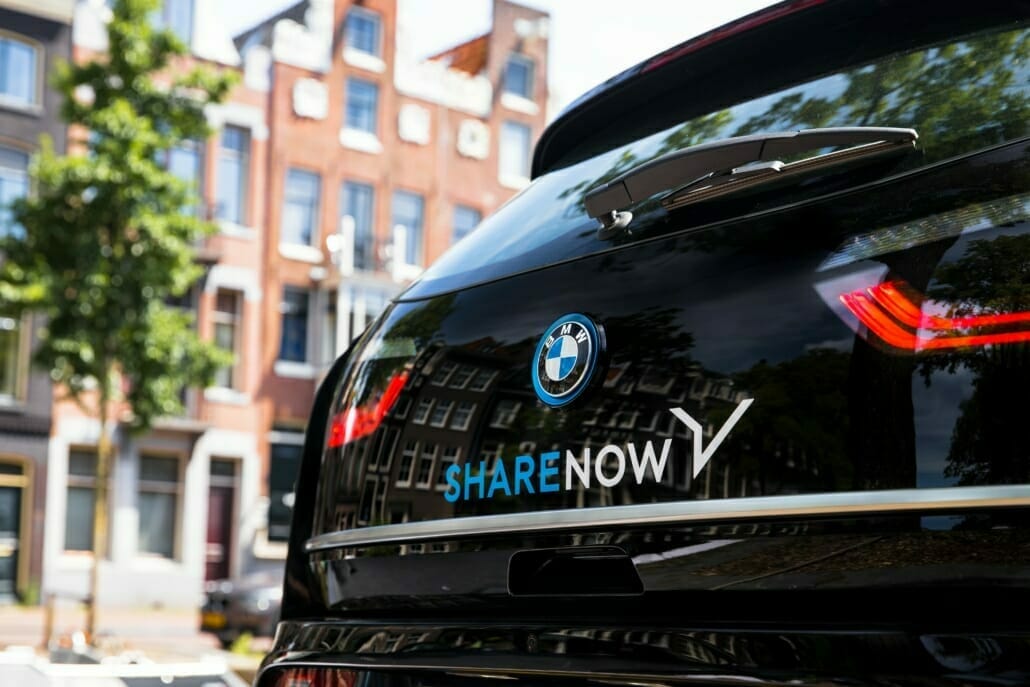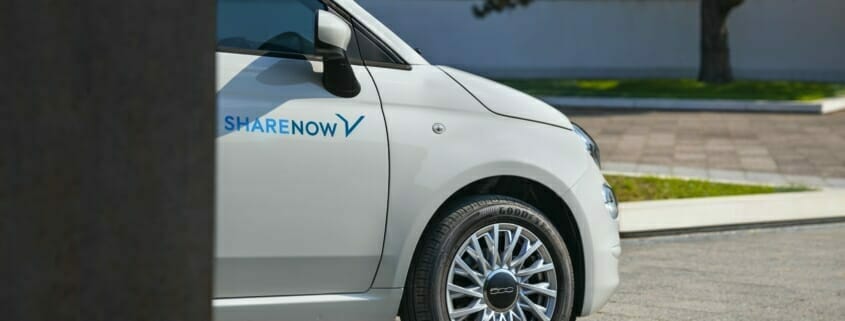CarSharing in Germany 2022
What is CarSharing?
You don’t own the car yourself with car-sharing but share it with others. The car-sharing provider usually owns the vehicle. Customers sign a framework agreement with the provider when they register. After that, they can book all of the provider’s vehicles independently around the clock.
You book via the provider’s website, cell phone app, or switchboard. You can open the vehicle with a chip card or cell phone, and you’ll find the car keys inside the car. Some providers also use so-called key safes located directly next to the vehicle.
You only pay for the actual use of the vehicle. All costs are included in the fare – including gasoline (or electricity). Most providers send the customer an e-mail with the expenses incurred immediately after the journey. Payment is usually made directly by direct debit from the account. Insurance, car care, workshop, MOT, maintenance, tire changes, and all other obligations are taken care of by the CarSharing provider.
Many providers have different vehicle sizes available for various purposes: small cars, sedans, station wagons, and vans. The providers station their vehicles near their customers’ homes and places of work. CarSharing is available in 935 locations in Germany (as of 01.01.2022).
For many households, CarSharing is cheaper than owning a car. As a rule of thumb, anyone who travels less than 10,000 kilometers a year by car saves money with CarSharing.
CarSharing options

Two car-sharing variants have become established: In station-based CarSharing, the cars are parked in a fixed parking lot. Customers pick up the car there and return it after the trip. You can make reservations several weeks in advance.
This option is particularly suitable for users who do not want to have their car but still need the reliability of a vehicle provided in their vicinity. Station-based CarSharing is also the cheapest CarSharing option: one hour of driving a small car in the city costs around 4 to 8 euros, including gasoline.
The cars are parked somewhere in the city in the second variant, known as free-floating. Users locate and book them via smartphone. After the trip, they park the car somewhere within the use area. This option is only available in some large cities. Reservations in advance are impossible, and Free-floating vehicles are not always reliably available nearby.
However, they are well suited for spontaneous trips or trips where you cannot precisely determine the end time. Free-floating also makes one-way trips within the city are possible. However, the prices are higher than station-based CarSharing: One hour of driving a small car costs about 17 to 20 euros.
Combined CarSharing services have recently become established, offering station-based and free-floating vehicles from one provider. They combine the advantages of both variants: You can find both station-based cars, which you can book in advance and free-floating vehicles for spontaneous use.
In the combined model, the free-floating cars are usually just as inexpensive as the station-based ones. Combined offers are currently available in Hanover (stadtmobil), Osnabrück (stadtteilauto), Frankfurt am Main (book-n-drive), Mannheim and Heidelberg (both stadtmobil), Kiel (Stattauto) and Bremen (cambio).
In peer-to-peer CarSharing, a vehicle owned by a private individual is offered for sharing at the same time – usually via an Internet platform, but sometimes also in the form of neighborly sharing. This CarSharing variant lacks the framework of contractual regulation, and a new contract must be concluded for each rental transaction. Therefore, peer-to-peer CarSharing is closer to car rental than CarSharing in the narrower sense.
In addition, reliability is not always a given. Those who own the vehicle can refuse access to the car or withdraw their commitment at any time. In a test conducted by Stiftung Warentest in 2015 of commercial peer-to-peer providers, it took 22 attempts to rent a vehicle. However, providers continue developing their business models, so a powerful new variant of private car sharing may emerge here in the future.
In RideSharing, individual trips with a private car are offered a ride-sharing option. Here, too, the framework of contractual regulation and assurance of the bankability of a free ride are missing. In addition, the availability of a vehicle near the place of residence or work is not regulated predictably. On frequently used routes and at highly frequented times – for example, during the urban rush hour – ride-sharing could help make travel more efficient.
E-scooter rental – sharing providers, costs & availability

Rent an e-scooter and go – it can be that simple. Since electric scooters have been allowed in Germany, you can find these helpful pedal scooters on every corner in major cities. Up to 4-6 different e-scooter sharing providers are active per city. These devices differ mainly in design, availability in the respective towns, and equipment.
E-Scooter rental – costs
The costs to rent an e-scooter are identical across all providers in Germany. The initial cost for unlocking the scooter is 1 Euro, and after that, 0.15 euros is charged per minute. The rental fees are thus independent of the deposited distance and are calculated based on the rental period.
One-time start costs: 1 Euro per ride
Price per minute: 0,15 Euro
However, it cannot be ruled out that the e-scooter sharing providers will still adjust the prices in the future. In this case, we will list the costs per provider in detail.
Vouchers and promotions
The fight for market share also has some advantages for us. The rivaling providers fight for our attention through various means. For example, there can be free rides or free driving minutes with coupons and promotion codes.
These vary from provider to provider. However, this should not be the decisive factor in choosing the right e-scooter sharing provider. Above all, the availability in the respective cities plays a decisive role.
Is the provider even active in my city?

And if so, how many e-scooters are available at all?
Is my location or apartment still in the official usage area?
The equipment and the driving experience with the respective electric scooters also vary. Flash, for example, offers a cell phone holder on the steering wheel so that you can always keep an overview of the map you are looking at and the costs.
E-scooter rental – insurance
Now another critical point, which many usually forget: the topic of insurance. If you cause damage to another person or yourself during the ride, you are personally liable for it. So make sure that your private liability insurance covers you in such a case. However, this can always change from provider to provider. Therefore, it is best to obtain information directly from your selected e-scooter provider.
If you are on the road with your scooter, you must have e-scooter insurance. With a sharing provider, this is not urgently necessary. Still, you should get more detailed information from the respective company in advance.
Imagesource: Unsplash
You need to load content from reCAPTCHA to submit the form. Please note that doing so will share data with third-party providers.
More Information


